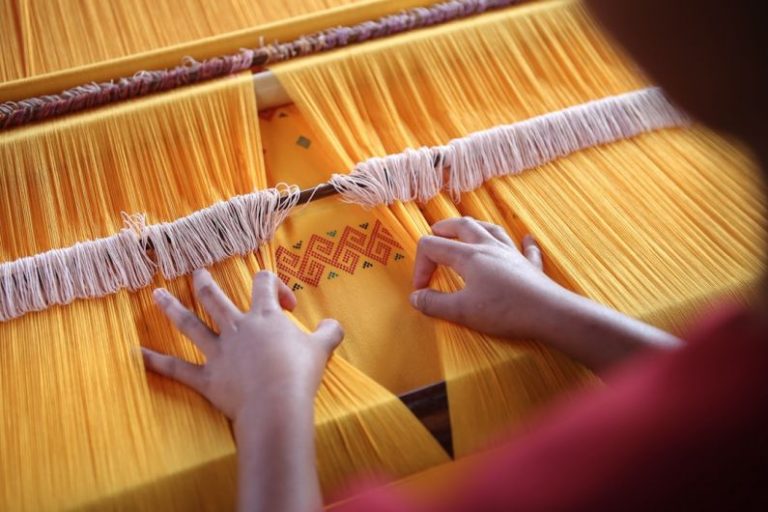
Cultural crafts from around the world have been gaining popularity in Western markets in recent years, providing consumers with unique and meaningful products that celebrate traditional craftsmanship and artistry. From intricate textiles to handcrafted pottery, these cultural crafts offer a glimpse into different cultures and traditions, allowing consumers to connect with the stories and heritage behind each piece. In this article, we will explore some of the cultural crafts that are making waves in Western markets and the reasons behind their growing popularity.
**Artisanal Textiles**
One of the cultural crafts that have gained significant traction in Western markets is artisanal textiles. Traditional textiles from countries such as India, Mexico, and Peru have captured the attention of consumers with their vibrant colors, intricate patterns, and skilled craftsmanship. From handwoven rugs to embroidered fabrics, these textiles bring a sense of warmth and authenticity to any space. Many consumers are drawn to the unique stories behind these textiles, as well as the sustainable and ethical practices employed by the artisans who create them.
**Ceramics and Pottery**
Another cultural craft that is gaining popularity in Western markets is ceramics and pottery. Handcrafted ceramics from countries like Japan, Morocco, and Italy have become coveted items for those seeking to add a touch of artisanal flair to their homes. The beauty of these ceramics lies in their imperfections, which showcase the handmade nature of each piece. Consumers are increasingly drawn to the idea of owning a one-of-a-kind item that has been crafted with care and attention to detail, rather than a mass-produced product.
**Basket Weaving**
Basket weaving is a traditional craft that has been passed down through generations in many cultures around the world. In recent years, basketry has experienced a resurgence in popularity in Western markets, with consumers appreciating the skill and artistry involved in creating these functional and decorative pieces. From intricately woven baskets to sculptural forms, basket weaving offers a wide range of styles and techniques for consumers to explore. Many artisans are also incorporating modern twists into their designs, appealing to a contemporary audience while still honoring the craft’s rich heritage.
**Jewelry Making**
Jewelry making is another cultural craft that has found a dedicated following in Western markets. Handcrafted jewelry from countries like India, Africa, and Thailand showcases the unique aesthetics and techniques of each culture, creating pieces that are both beautiful and meaningful. Consumers are drawn to the authenticity and craftsmanship of these pieces, as well as the stories and traditions that they represent. Many artisans use traditional materials such as beads, metals, and gemstones to create stunning jewelry that reflects their cultural heritage.
**Growing Demand for Cultural Crafts**
The growing popularity of cultural crafts in Western markets can be attributed to several factors. Firstly, consumers are increasingly seeking products that are unique and meaningful, rather than mass-produced items that lack character and soul. Cultural crafts offer a way for consumers to connect with different cultures and traditions, allowing them to appreciate the artistry and craftsmanship that goes into creating each piece. Additionally, there is a growing awareness of the importance of supporting artisans and preserving traditional crafts in the face of globalization and mass production.
**Embracing Cultural Diversity**
In a world that is becoming increasingly interconnected, cultural crafts provide a way for consumers to celebrate and embrace the diversity of our global community. By incorporating these crafts into their homes and lives, consumers can create spaces that reflect their appreciation for different cultures and traditions. Whether it’s a handwoven rug from Turkey or a set of ceramic bowls from Japan, cultural crafts offer a tangible connection to the stories and heritage of artisans from around the world.
**In Conclusion**
As consumers continue to seek out products that tell a story and reflect their values, cultural crafts are likely to remain a popular choice in Western markets. These unique and meaningful pieces offer a way for consumers to connect with different cultures and traditions, while also supporting artisans and preserving traditional crafts. By incorporating cultural crafts into their lives, consumers can create spaces that are not only beautiful and stylish but also rich with history and meaning. As the demand for cultural crafts continues to grow, artisans from around the world will have the opportunity to share their craft with a global audience, bridging cultures and creating connections that transcend borders.





